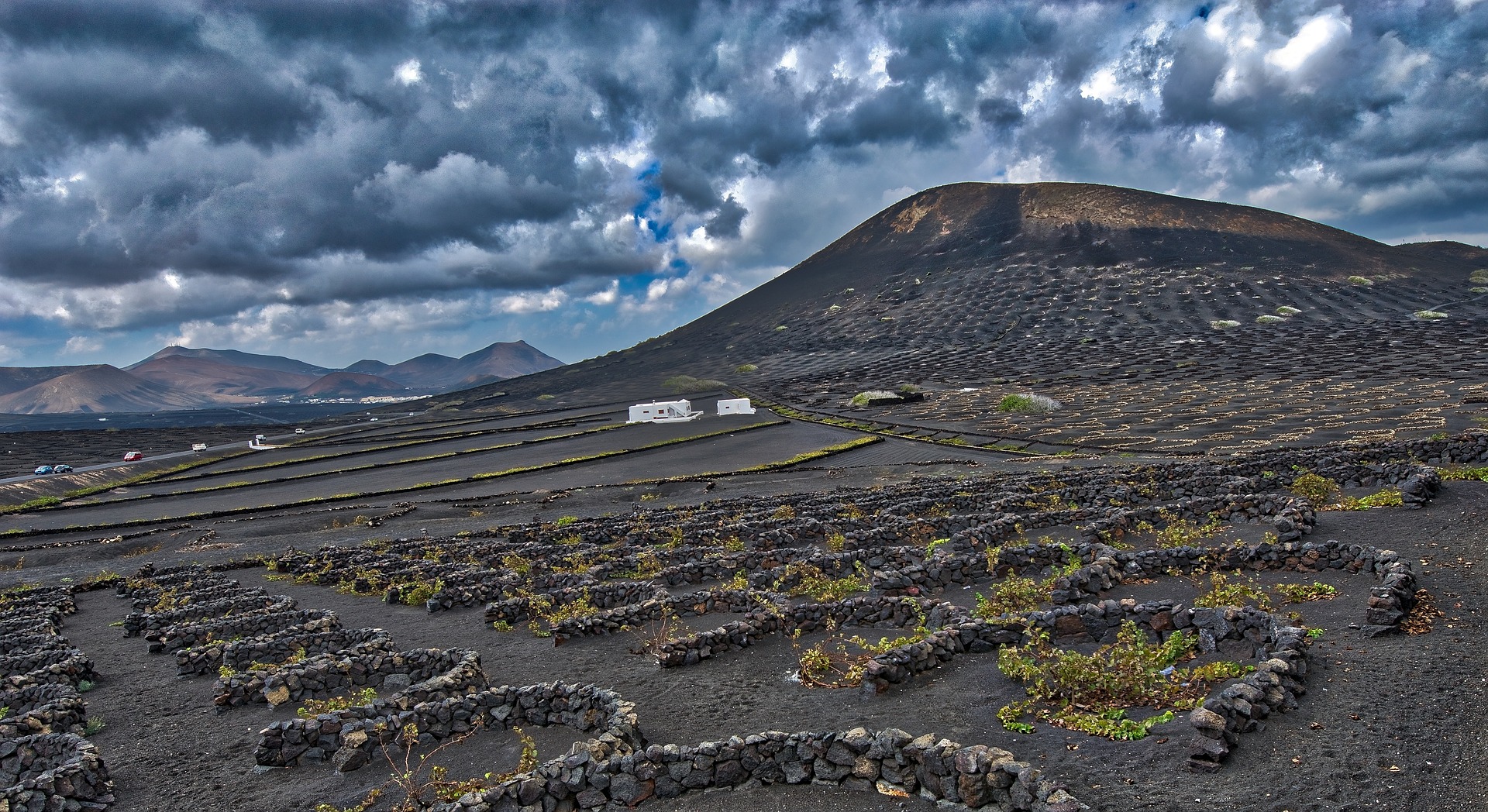
Author: Randy Hamilton
This impact of soil (aka terroir) is something that I find both fascinating and maddening when it comes to wine, this is what makes blind tasting so difficult. Even though specific grapes prefer certain types of soils, they can sometimes like 2 or 3 different soils and each soil dramatically affects the wine produced from that grape. Making gamay seem like pinot noir or zinfandel like cabernet sauvignon and so on. The type of soil can greatly affect the flavor and quality of wine grapes. Some of the different types of soils that wine grapes are grown in, and the grapes that grow best in each type, are:
- Clay: Clay soil is dense and retains moisture well. Grapes that do well in clay soil include Merlot, Cabernet Sauvignon, and Chardonnay.
- Sand: Sand soil is loose and drains quickly. Grapes that do well in sandy soil include Grenache, Mourvedre, and Sauvignon Blanc.
- Gravel: Gravel soil drains well and retains heat, which is good for growing grapes that need a lot of sun and heat, such as Cabernet Sauvignon, Merlot, and Syrah.
- Limestone: Limestone soil is known for producing high-quality grapes with a distinctive flavor. Grapes that grow well in limestone soil include Chardonnay, Pinot Noir, and Riesling.
- Volcanic: Volcanic soil is rich in minerals and nutrients, and produces grapes with intense flavor. Grapes that do well in volcanic soil include Malbec, Pinot Noir, and Chardonnay.
It’s important to note that the type of soil is just one factor that can affect the quality and flavor of wine grapes. Climate, altitude, and other environmental factors can also play a significant role.
